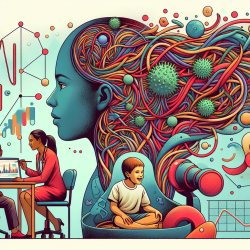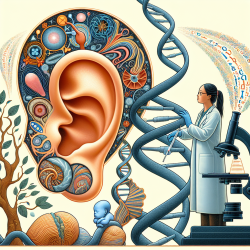Understanding Emotional Connection Theory
Emotional Connection Theory posits that the bond between a mother and infant is not merely a one-way attachment but a reciprocal, co-regulatory relationship. This theory challenges the traditional attachment construct, which views the child as a separate entity needing a secure base from the mother. Instead, Emotional Connection Theory suggests that emotional behaviors between mother and child form an open feedback system, vital for optimal development.Implementing Calming Cycle Theory
Calming Cycle Theory builds on this by explaining how autonomic nervous system co-conditioning between mother and infant during gestation and after birth results in a calming reflex. This reflex promotes positive socio-emotional behaviors and higher vagal tone, essential for emotional and physiological regulation.Key Takeaways for Practitioners:
- Focus on Emotional Connection: Encourage activities that strengthen the emotional bond between mother and child, such as skin-to-skin contact and responsive caregiving.
- Implement Calming Cycles: Facilitate regular, calming interactions between the child and caregiver to promote co-regulation and emotional stability.
- Measure Outcomes: Use tools like the Welch Emotional Connection Screen (WECS) to assess the quality of emotional connection and adjust interventions accordingly.
Encouraging Further Research
While the insights from this review are groundbreaking, the field is still evolving. Practitioners are encouraged to delve deeper into the research and consider how these theories can be integrated into their practice to enhance outcomes for children.To read the original research paper, please follow this link: Darwin’s Other Dilemmas and the Theoretical Roots of Emotional Connection.










